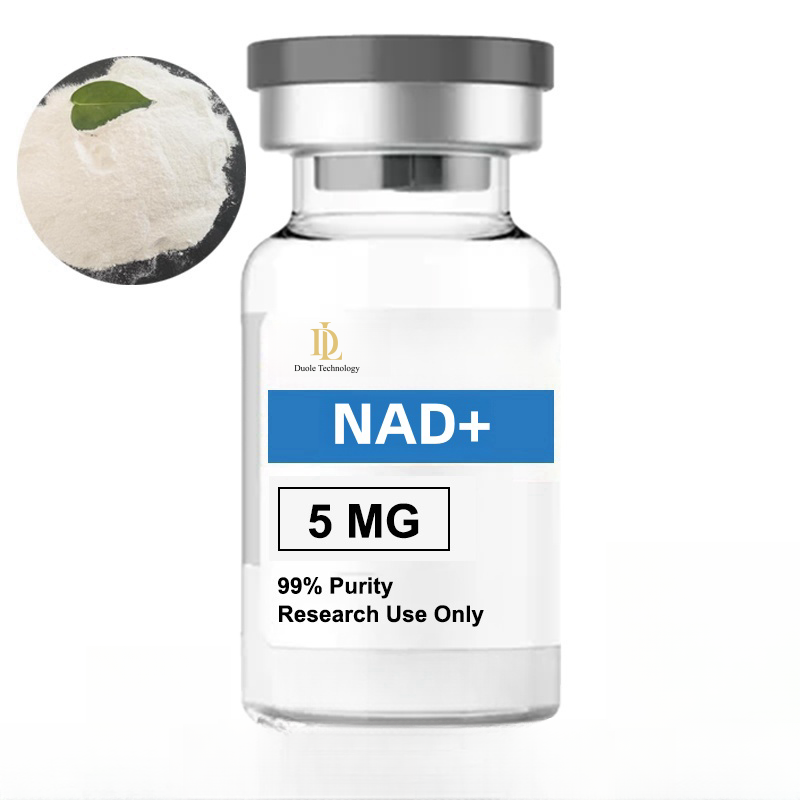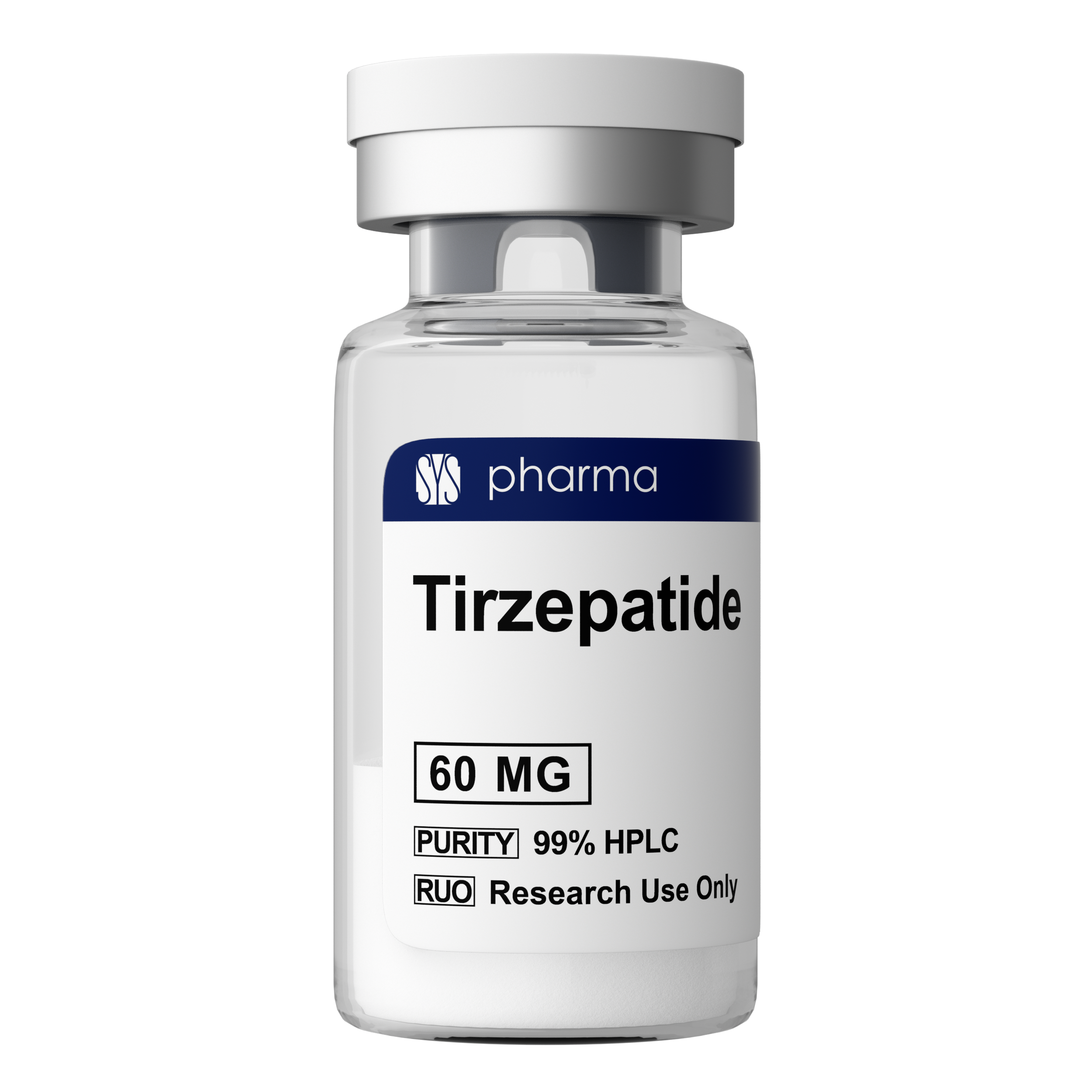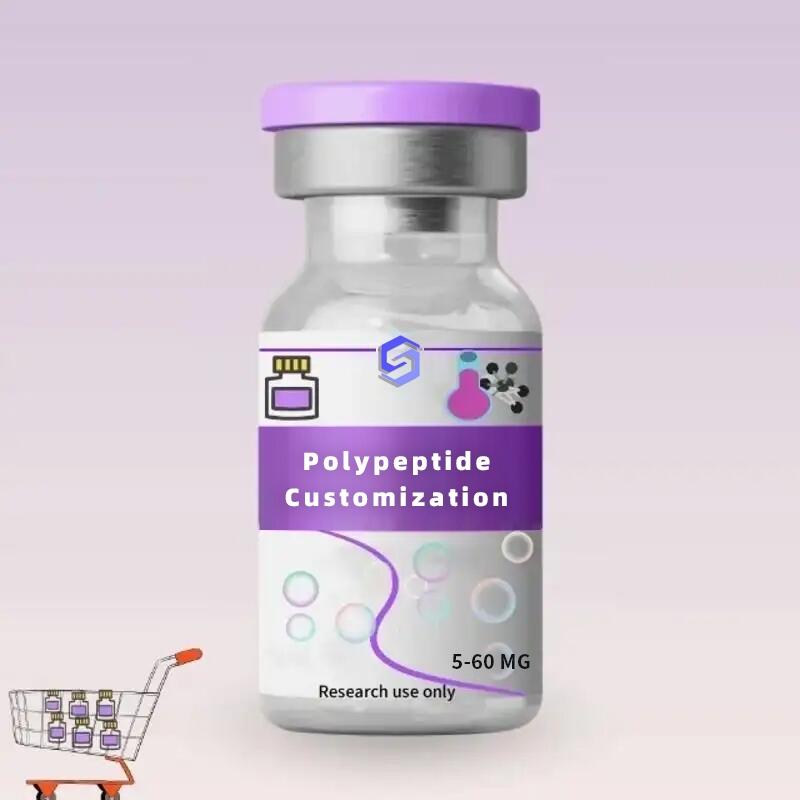-
Categories
-
Pharmaceutical Intermediates
-
Active Pharmaceutical Ingredients
-
Food Additives
- Industrial Coatings
- Agrochemicals
- Dyes and Pigments
- Surfactant
- Flavors and Fragrances
- Chemical Reagents
- Catalyst and Auxiliary
- Natural Products
- Inorganic Chemistry
-
Organic Chemistry
-
Biochemical Engineering
- Analytical Chemistry
-
Cosmetic Ingredient
- Water Treatment Chemical
-
Pharmaceutical Intermediates
Promotion
ECHEMI Mall
Wholesale
Weekly Price
Exhibition
News
-
Trade Service
2-Hydroxy-2,2-dimethylethyl methacrylate (HDDMMA) is a commonly used monomer in the chemical industry.
It is used to produce a wide range of downstream products, including polymers and plastics, which are used in various applications such as adhesives, coatings, and textiles.
In this article, we will explore the upstream and downstream products of HDDMMA in the chemical industry.
Upstream Products
The production of HDDMMA begins with the manufacture of methyl methacrylate (MMA), which is its upstream product.
MMA is synthesized from methanol and dimethyl formamide (DMF) using a catalyst such as sodium hydroxide or hydrochloric acid.
The resulting product is then hydrolyzed using water to produce MMA.
MMA is then transformed into HDDMMA using a multi-step process.
The first step involves the reaction of MMA with 2-hydroxyethyl methacrylate (HEMA), which is reacted in the presence of a strong acid catalyst such as sulfuric acid.
The reaction produces a mixture of products, including HDDMMA.
Downstream Products
The primary downstream product of HDDMMA is poly(2-hydroxy-2,2-dimethylethyl methacrylate) (P-HDDMMA), which is a type of polymer that is used in a variety of applications.
The production of P-HDDMMA involves the polymerization of HDDMMA monomers, which is typically carried out using a free-radical polymerization method.
P-HDDMMA is known for its excellent properties, such as high transparency, low flexural modulus, and good mechanical strength.
These properties make it an ideal material for use in applications such as optical fibers, coatings, and adhesives.
Adhesives are one of the most common applications of P-HDDMMA.
The polymer is used in the production of contact adhesives, industrial adhesives, and medical adhesives.
P-HDDMMA-based adhesives are known for their high bond strength, fast tack-free time, and excellent peel adhesion.
P-HDDMMA is also used in the production of coatings, which are applied to a variety of substrates to provide protection, enhance appearance, and improve performance.
P-HDDMMA coatings are used in applications such as automotive coatings, industrial coatings, and decorative coatings.
Textiles are another common application of P-HDDMMA.
The polymer is used to produce a variety of textile coatings and treatments, such as waterproofing and stain-resistant coatings.
P-HDDMMA coatings on textiles are known for their excellent durability and flexibility.
Other downstream products of HDDMMA include liquid crystal polymers (LCP), which are used in the production of precision parts and electronic components, and elastomers, which are used in the production of rubber products such as gaskets and seals.
Manufacturing Process
The manufacturing process for HDDMMA involves several steps, including the synthesis of MMA, the reaction of MMA with HEMA, and the polymerization of HDDMMA monomers.
The production process is typically carried out using chemical reactions and purification steps to ensure the quality of the final product.
The synthesis of MMA involves the reaction of methanol and DMF in the presence of a strong acid catalyst such as sulfuric acid.
The reaction produces a mixture of products, including MMA, which is then separated from other components using a variety of purification methods.
The reaction of MMA with HEMA involves the use of a strong acid catalyst such as sulfuric acid.
The reaction produces a mixture of products, including HDDMMA, which is then separated from other components using a variety of purification methods.
The polymerization of HDDMMA monomers involves the use of a free-radical







